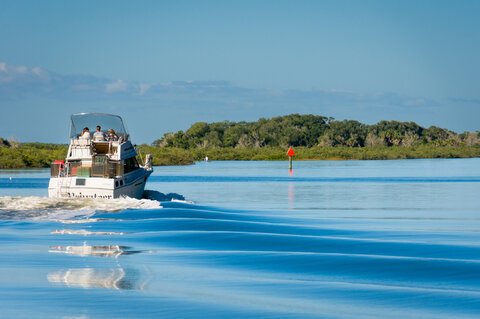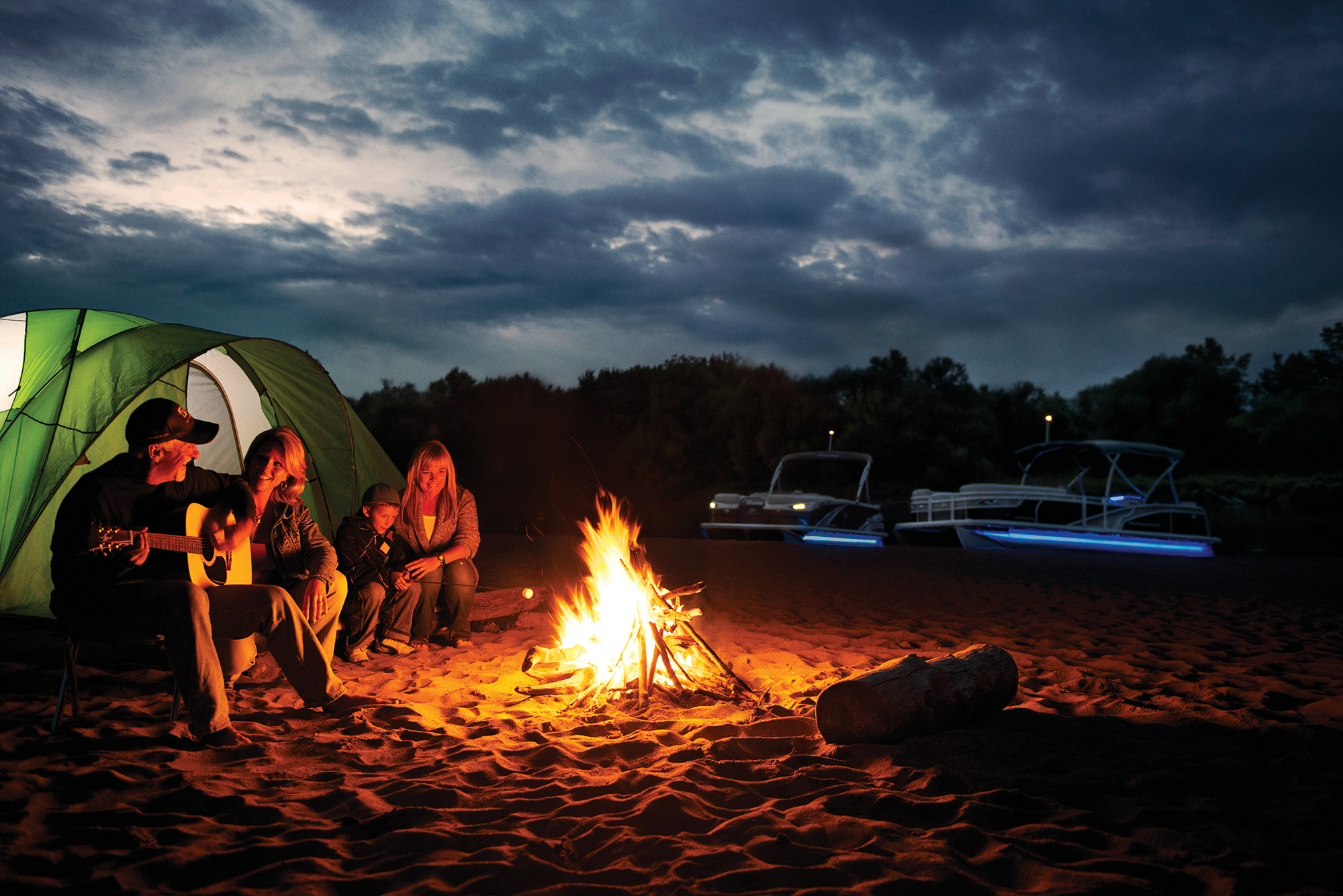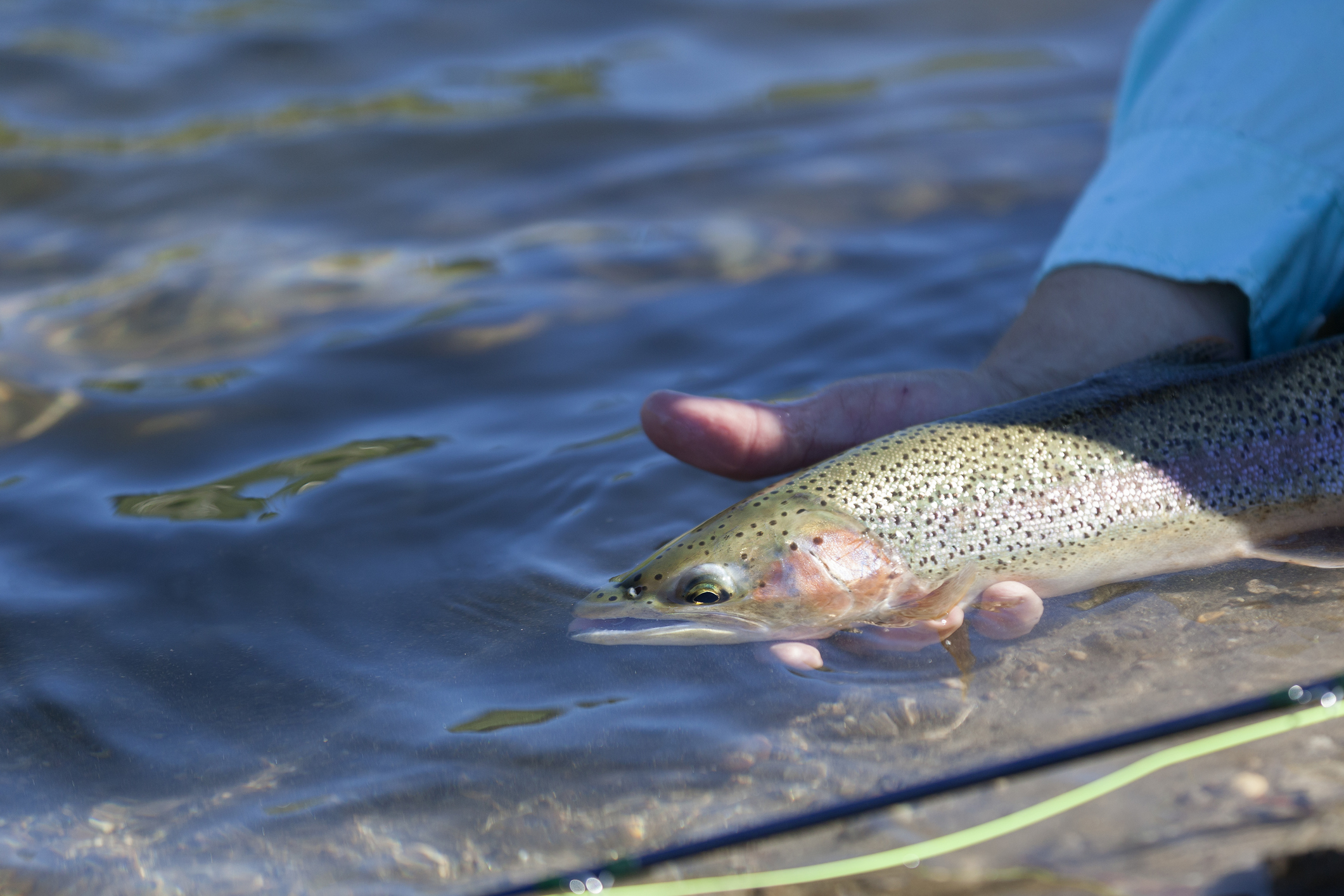There are few places more peaceful than a national wildlife refuge. With more than 570 sacred sites across the country, our national wildlife refuge system is designed to protect iconic species and shield them from the hustle and bustle of modern life. And therefore, it offers some tremendous wildlife viewing opportunities.
While national wildlife refuges were designed for the animals, we (the humans) get the privilege of visiting. And every year during the second full week of October, we celebrate National Wildlife Refuge Week. (So if you were about to search 'when is National Wildlife Refuge Week' – it's coming up on October 11–18, 2025.)
This week is an opportunity to pause, appreciate, and learn about our nation's wildlife refuges. Let today's article serve as your reminder to explore these national treasures and, just as importantly, to protect them.
Boating In Wildlife Refuges
When you take your boat into a wildlife refuge, you're stepping onto sacred ground for the animals. That means we (boaters) have to operate differently than we would out on the open water.
First and foremost, always follow refuge regulations. You'll see a lot of speed limits and no-wake zones for a reason—your wake can erode sensitive shorelines and disturb animals like nesting shorebirds.
Be ready for restricted areas that are clearly marked. And if a buoy says stay out, stay out. It's often protecting a sensitive breeding spot or a recovering habitat.
Everyone should take the time to check the refuge's specific rules before leaving the dock. Some refuges may even charge an entrance fee or require a permit for access.
Popular Activities During National Wildlife Refuge Week
As we mentioned, these refuges offer some of the best outdoor recreation and wildlife viewing experiences available. Your boat is your ticket to seeing something amazing.
- Wildlife Observation is why most of us go. Be sure to pack binoculars and a camera, as you'll see a wide variety of species, including migratory birds, river otters, and possibly even deer. Use the peace and quiet to observe them in their natural habitat — that's the true reward of being there.
- Fishing is often permitted, but you must adhere to the refuge's rules. They might have specific spots open for including fishing or special limits to protect the population. Be a good steward and check those local regulations before dropping a line.
- Photography is welcome here. However, be careful that your camera (including its flash) doesn't change their behavior. If the animal looks stressed or runs away, you're too close. Your zoom lens will be your best friend when wildlife watching and taking photos in a national wildlife refuge.
Read Next: National Parks to Visit By Boat
3 Tips for Boating During National Wildlife Refuge Week
Every action we take while boating in a wildlife refuge has an impact, so let's make it a good one.
- Keep Your Distance. Don't ever chase wildlife or approach nesting areas. It causes stress and can be fatal to young animals.
- Stay in the Channels. Going off-channel, especially in shallow water, can damage the aquatic plants and submerged grass beds that are vital habitats for thousands of species. Trust us when we say that your prop can wreak havoc in seconds.
- Handle Your Waste. Pack it in, pack it out. This means all your trash, including fishing line and bottle caps. Nothing is more heartbreaking than seeing wildlife tangled in something a visitor left behind.
Boating in Wildlife Refuge Areas
National Wildlife Refuge Week is your perfect excuse to put your boat in the water this fall and visit one of these precious spots. Here's a master list of our nation's designated wildlife refuges – so take some time to find one close to you. Just remember to respect the wildlife, and do your part to help us keep these places pristine for future generations. Happy exploring!


